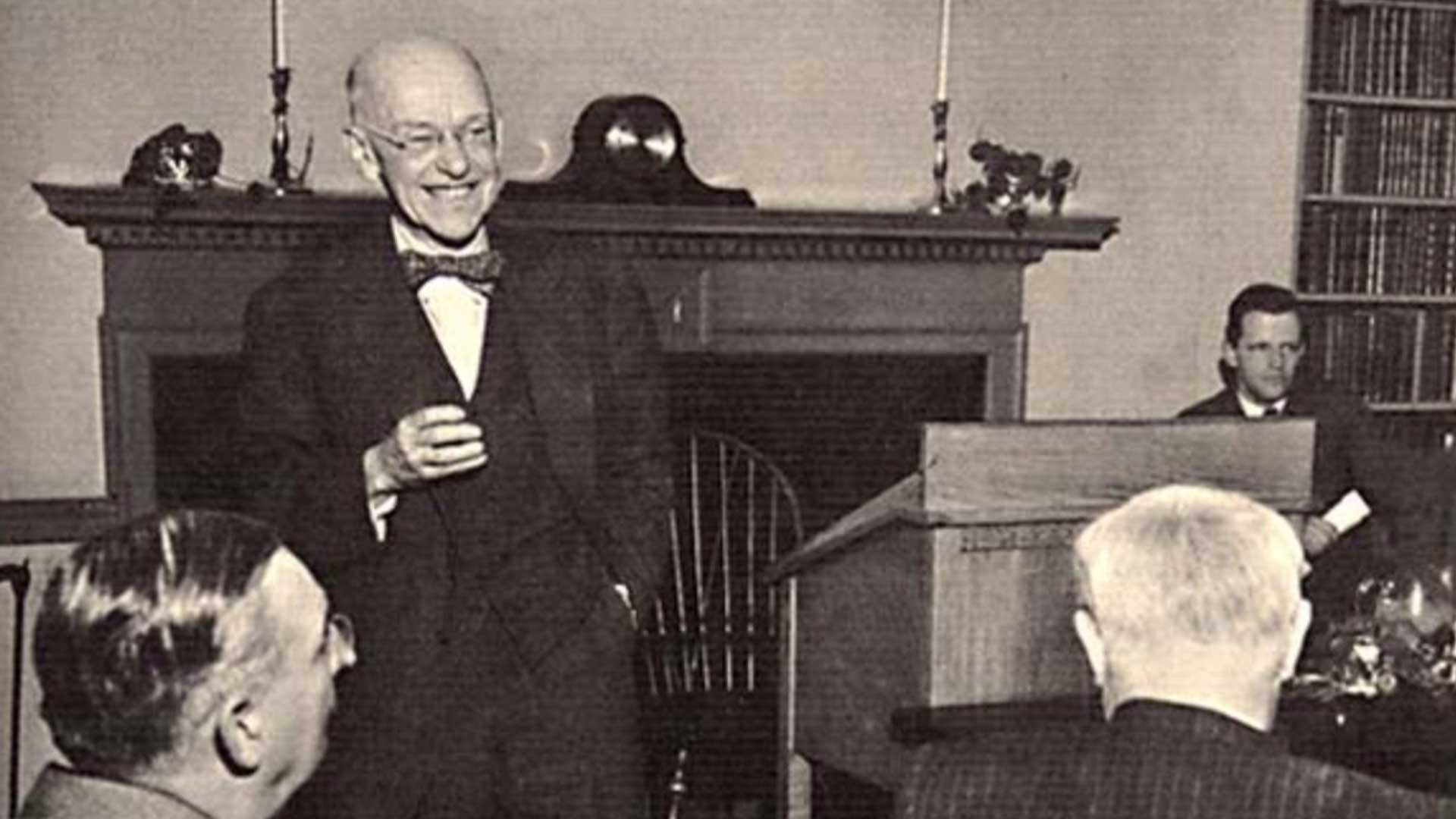The Elton Mayo theory is a cornerstone of modern management practices, emphasizing the importance of human behavior, motivation, and group dynamics in the workplace. Introduced during the early 20th century, Mayo’s work challenged the mechanistic view of employees promoted by classical management theorists like Frederick Taylor. Instead, he proposed that social factors, communication, and a sense of belonging play a critical role in workplace productivity.
At the heart of the Elton Mayo theory lies the Hawthorne Studies, a series of experiments conducted at the Western Electric Hawthorne Works in Chicago. These studies revealed that employees are not just motivated by financial incentives or working conditions, but also by emotional and social needs.
This article will delve into the origins, principles, and applications of the Elton Mayo theory, offering a detailed understanding of why it continues to influence workplace management, organizational development, and human resource strategies today.
Who Was Elton Mayo?
Background and Influence
George Elton Mayo (1880–1949) was an Australian-born psychologist and organizational theorist. Trained in psychology and philosophy, he eventually moved to the United States where he became a professor at Harvard Business School. Mayo’s work marked a pivotal shift from traditional management theories to the human relations movement, which he is widely credited with founding.
Mayo believed that workplace productivity depended more on employee satisfaction, social relationships, and communication than on rigid task structures and monetary rewards. His theories emerged during a time when industrialization had turned human labor into repetitive, machine-like work, often ignoring the psychological needs of workers.
The Hawthorne Studies: Foundation of the Theory
Overview of the Experiments
The Hawthorne Studies were conducted between 1924 and 1932 at the Western Electric Company’s Hawthorne plant. These studies aimed to analyze how different variables affected worker productivity. Mayo and his colleagues, including Fritz Roethlisberger, were brought in to interpret the results.
Key Phases of the Study:
- Illumination Experiments: Tested the effect of lighting on worker productivity. Surprisingly, productivity increased whether lighting was improved or diminished.
- Relay Assembly Test Room: A small group of workers was isolated and monitored under varying working conditions (rest breaks, shorter hours, etc.). Productivity continued to improve regardless of changes.
- Bank Wiring Observation Room: Explored group norms and behavior. Productivity stabilized due to peer pressure, not external supervision.
Major Findings
- The Hawthorne Effect: Employees performed better simply because they were being observed.
- Social Relationships Matter: Informal workgroups and peer dynamics significantly influenced individual performance.
- Employee Attention Increases Morale: Recognition and involvement had a positive psychological impact on workers.
- Communication is Key: Open lines of communication between workers and supervisors improved workplace outcomes.
Core Principles of the Elton Mayo Theory
The theory is centered around a few essential principles that revolutionized the field of organizational behavior and human resource management.
1. Human Motivation Is Social
Unlike earlier theorists who emphasized money or discipline as motivators, Mayo asserted that social needs—such as belonging, acceptance, and recognition—are fundamental to employee motivation.
2. Informal Work Groups Shape Behavior
Employees form informal groups within the workplace that establish their own norms and expectations. These groups can significantly influence behavior, either enhancing or inhibiting productivity.
3. Employee Well-being Affects Performance
Job satisfaction, morale, and emotional security play crucial roles in determining how effectively people perform at work. Managers must consider these elements when designing work environments.
4. Communication and Participation Improve Morale
Mayo emphasized the value of two-way communication between managers and employees. When workers are given opportunities to express themselves, they feel valued and engaged.
5. Supervision Style Impacts Output
Leadership that is supportive and participatory leads to better results than authoritarian or punitive supervision. Managers should act more like facilitators than controllers.
Applications of the Elton Mayo Theory in Modern Workplaces
Human Resource Management
Mayo’s insights laid the foundation for modern HR practices, particularly in areas such as:
- Employee engagement programs
- Team-building initiatives
- Performance appraisals that include behavioral feedback
- Employee assistance and wellness programs
Organizational Development
The theory supports approaches such as organizational culture assessments, change management strategies, and employee satisfaction surveys, all designed to create more human-centered work environments.
Workplace Design
Mayo’s ideas have influenced how workplaces are designed—favoring open, collaborative spaces that facilitate communication and a sense of community.
Real-World Examples
Example 1: Google’s Employee-Centric Culture
Google’s workplace practices—like flexible working hours, employee empowerment, team collaboration, and high investment in workplace happiness—are reflective of Mayo’s theory that a satisfied worker is a productive worker.
Example 2: Zappos and Organizational Culture
Zappos has built a brand around employee happiness and cultural fit. Their emphasis on social bonding and peer interaction echoes Mayo’s view that informal relationships shape workplace behavior.
Criticisms and Limitations of the Theory
While the Elton Mayo theory has been influential, it has not gone without criticism.
Overemphasis on Social Factors
Critics argue that Mayo may have underestimated the role of financial incentives and other structural issues like job security, inequality, and career advancement.
Not Universally Applicable
The theory may not apply equally in industries or cultures where individualism or task orientation dominates over social harmony.
Limited Consideration of Power Dynamics
Mayo’s theory doesn’t deeply explore the power relationships or broader socio-economic conditions that affect the workplace, which can be critical in labor-intensive industries.
FAQs About Elton Mayo Theory
What is the Elton Mayo theory best known for?
It’s best known for emphasizing the importance of social relations, communication, and worker satisfaction in increasing productivity, primarily through the findings of the Hawthorne Studies.
What is the Hawthorne Effect?
The Hawthorne Effect describes how individuals may change their behavior simply because they are being observed, which was a key finding of Mayo’s experiments.
How does the theory impact management today?
It laid the groundwork for modern HR practices, employee engagement strategies, and participative management styles used in organizations around the world.
Is the theory still relevant?
Yes, many core ideas of the Elton Mayo theory—such as the importance of employee morale, teamwork, and communication—remain highly relevant in today’s collaborative and service-oriented workplaces.
Conclusion
The Elton Mayo theory revolutionized the way organizations think about employee motivation and workplace productivity. By shifting the focus from mechanical efficiency to human interaction, Mayo laid the foundation for a more empathetic and psychologically aware approach to management.
His contributions continue to influence how businesses build teams, engage employees, and foster cultures that thrive on collaboration and communication. While not without its limitations, the theory remains a vital part of organizational and leadership studies.
Want to dive deeper into workplace psychology or management theories? Explore our other articles to expand your knowledge of how people and productivity connect.




